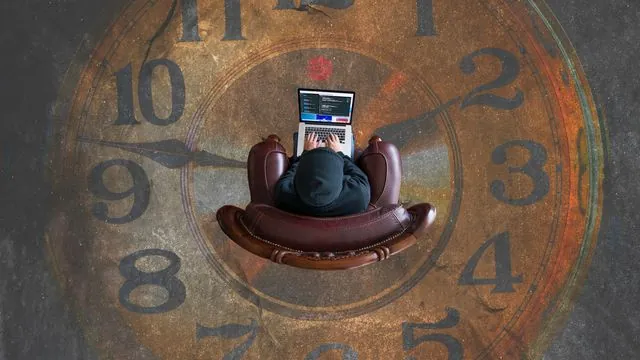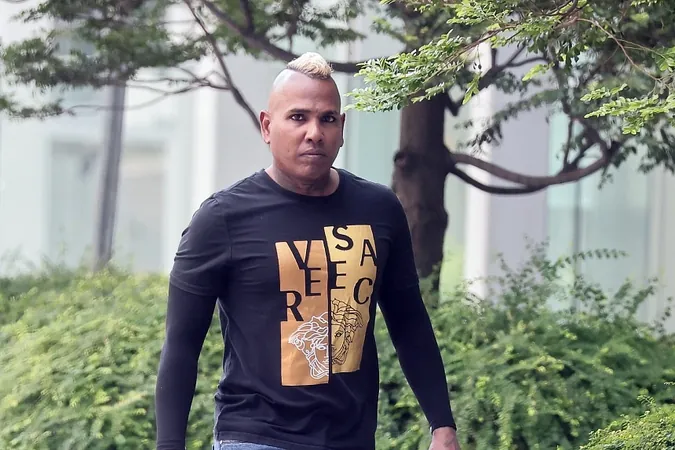
Groundbreaking UCLA Study Reveals How Our Brains Perceive Time
2024-09-26
A remarkable new study from UCLA Health is breaking new ground in neuroscience as it dives deep into one of the most elusive questions: how does the human brain perceive and encode the flow of time? Published in the prestigious journal Nature, this research offers unprecedented insights by directly measuring the activity of individual neurons in real-time.
The findings indicate that certain types of brain cells exhibit firing patterns that closely mirror the sequence and structure of experiences. These neurons not only encode the events as they happen but also replay these patterns during periods of rest, showcasing the brain's ability to retain and reflect on past experiences. In a fascinating twist, the brain can use these learned patterns to prepare for future stimuli, hinting at a complex interconnection between memory and anticipation.
Dr. Itzhak Fried, the study's senior author and director of epilepsy surgery at UCLA Health, emphasized the implications of the research. "Recognizing patterns over time is essential for the brain to forge memories, predict future outcomes, and inform behavior," he stated. The study sheds light on a cellular-level understanding of this critical process.
Previously, Dr. Fried's research had already established critical roles for the hippocampus and entorhinal cortex in spatial navigation and memory formation. These areas work in tandem to create a “cognitive map,” where the hippocampus functions with “place cells” that signal specific locations, while “grid cells” in the entorhinal cortex measure distance. Remarkably, these cognitive functions have now been linked to the brain's temporal processing, providing a more comprehensive view of how memories are formed and structured.
The study involved 17 participants with intractable epilepsy who had depth electrodes implanted in their brains for therapeutic purposes. Researchers recorded their neural activity during intricate tasks that demanded pattern recognition and behavioral responses to a series of visual stimuli. Participants were shown around 120 images — including people, animals, and landmarks — and engaged in various tasks designed to probe their cognitive processing of these images.
Throughout the experimental phases, the researchers witnessed the hippocampal-entorhinal neurons adapting their activity to follow the sequences presented to the participants, reflecting not just past experiences, but also predicting future occurrences. This capacity to align and modify neuronal activity accordingly marks a significant leap in our understanding of cognitive functions and memory retention.
In a striking conclusion, Dr. Fried stated, "This study reveals for the first time the analogous mechanisms that the brain utilizes to represent what appear to be disparate types of information: spatial and temporal."
The implications of this groundbreaking work extend far beyond basic neuroscience; they lay the groundwork for future advancements in neuroprosthetics and artificial intelligence, potentially revolutionizing how we understand and enhance human cognition.
As research continues to propel us into the future of neurological studies, one thing is clear: the mysteries of the human brain continue to unfold, opening new doors to our understanding of memory, time, and consciousness itself. Stay tuned for more astonishing revelations from the world of neuroscience!





 Brasil (PT)
Brasil (PT)
 Canada (EN)
Canada (EN)
 Chile (ES)
Chile (ES)
 España (ES)
España (ES)
 France (FR)
France (FR)
 Hong Kong (EN)
Hong Kong (EN)
 Italia (IT)
Italia (IT)
 日本 (JA)
日本 (JA)
 Magyarország (HU)
Magyarország (HU)
 Norge (NO)
Norge (NO)
 Polska (PL)
Polska (PL)
 Schweiz (DE)
Schweiz (DE)
 Singapore (EN)
Singapore (EN)
 Sverige (SV)
Sverige (SV)
 Suomi (FI)
Suomi (FI)
 Türkiye (TR)
Türkiye (TR)